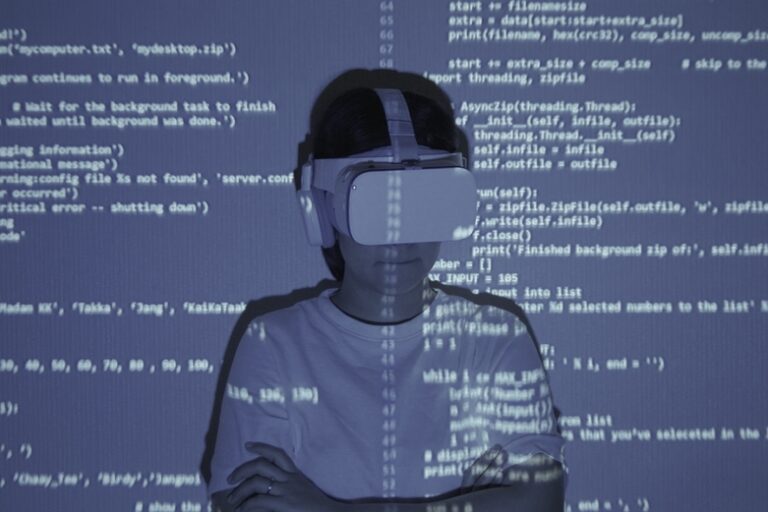
The COVID-19 pandemic has significantly reprioritised Learning and Development (L&D) across organisations. Factors such as ‘The Great Resignation’, the ever-growing list of job vacancies against the backdrop of a growing digital skills crisis, as well as organisations shifting to hybrid or virtual working environments, have all contributed to a renewed focus on L&D efforts.
According to Deloitte, the industry is worth $130bn in the global market and it is therefore unsurprising that employers are investing heavily in employee training. On top of the added pandemic-related work pressures, people teams have had to rethink how best to deliver effective training online. But by finding impactful ways to do this, L&D can also play a fundamental role in promoting wellbeing, by keeping employees motivated and engaged in their work. One approach that is growing in popularity is microlearning, a model that is well suited to working in the hybrid age.
The evolution of learning and development
Historically, employers leaned heavily on what we call a ‘push’ model of workplace training, whereby employees listened to lectures in a boardroom, or classroom, then returned to work. The “success” of this teaching method was determined by attendance confirmation. However, it became notorious for its low levels of retention among employees.
Even before the pandemic therefore, it was becoming clear that this lecture-style teaching was not fit for purpose for the emerging and digitally native workforce. But the years of digital transformation that we saw squeezed into a few short months during the global health crisis and resultant remote working environment have forced staff to adapt to new digital and virtual ways of learning.

One such approach is the ‘pull’ model, which views learning as continuous, ongoing, and more importantly, flexible. With this model, training is embedded into employees’ roles and champions small, frequent learning interventions – or microlearning – delivered in digestible pieces. Not only can this bite-sized information be processed quickly, but it boosts retention rates above 90%.
This method promotes wellbeing and diversity within organisations as it is more inclusive for neurodiverse employees, those on part-time or flexible working contracts. It also removes some of the added pressures that come with learning in a classroom-style environment and is more interactive in approach. It is easier to deliver in a hybrid or virtual working environment, making it perfect for the new age of business.
Connecting with the digitally native workforce
The latest generation entering the workforce have different working preferences to their older colleagues and are more open to career side steps or portfolio careers, for instance. Used to scrolling through reams of information very quickly, they also typically have shorter attention spans and struggle to focus on tasks for long periods of time. In fact, recent research reports that Gen Z typically have an attention span of just 8 seconds; a few seconds shorter than millennials at 12 seconds.
This means more effort is required to keep this group energised and engaged in their work, as failure to do so could result in them becoming quickly demotivated and looking for new roles. In fact, research shows inadequate L&D opportunities from employers could prompt more than two-thirds of workers to quit their current jobs.
This is where microlearning becomes an incredibly useful tool in appealing to these workers, by delivering small frequent learning units with just the right amount of information to pique their interests. Organisations should be actively capitalising on the digital empowerment and entrepreneurial spirit of the emerging workforce by providing access to platforms that allow for continuous learning in order to cultivate the next generation of leaders.
Adopting a holistic approach to learning
Employers who are serious about innovating their L&D programmes should consider adopting a holistic approach to training, one that prioritises collaborative learning via digital channels, such as Microsoft Teams and Zoom.
The ‘70:20:10 learning model’ is one way to get this right. This mode of learning purports that 70% of learning is experiential and comes through shadowing, project placements and assignments, 20% comes from social interaction and 10% is more formal, structured learning. These interdependent areas of learning feed into one another to boost its overall impact. Experiential and social learning are fundamental training components to complement the more formal training, as they enable individuals to further develop their skillsets as they soak up knowledge from their colleagues, and receive regular coaching, mentoring and feedback.
The nature of the’ 70:20:10 model’ supports independent learning, instead of a one-size-fits all approach that is designed without individuals in mind. This model is easy to adapt to a hybrid age through a combination of different learning environments, offering a bespoke experience for employees.
Engaging through flexibility
Ultimately, focusing on activities that are time consuming or that involve minimal interaction does very little to motivate today’s workforce, or encourage creativity. Employers must therefore move away from antiquated modes of learning if they want to retain the best talent.
Most young employees today come to work ready and excited to build their skills through online learning. In fact, research from Deloitte estimates that more than 24 million people have tried online education in some capacity.
It would be a rude awakening to enter a workplace and find that learning was confined to traditional lecture-styled training. To get the most out of their eager young staff therefore, employers should consider investing in microlearning approaches. In turn, this will help ensure that the L&D needs of all their employees are supported well into the future.

Sarah Marshall
Learning & Development Programme Manager, Grayce


